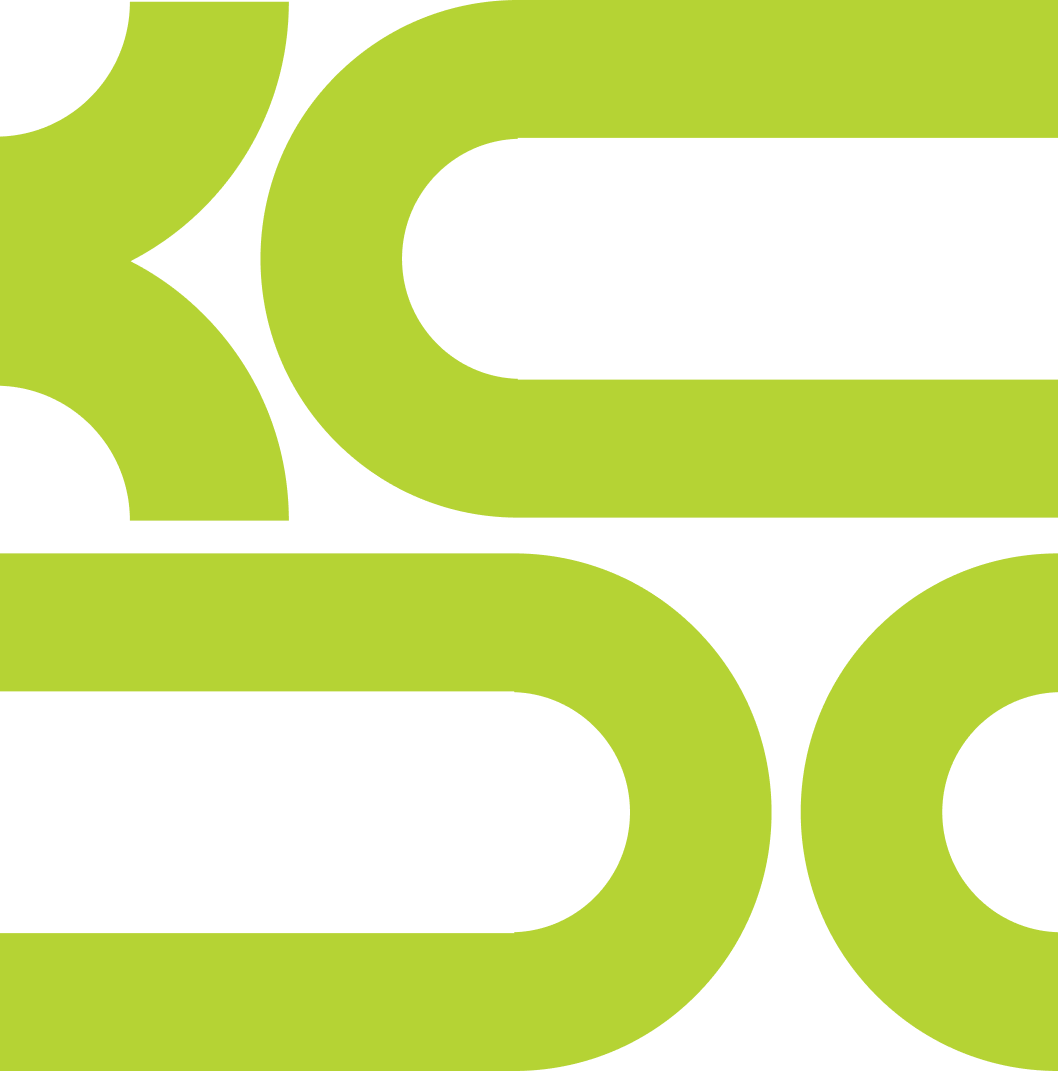How Design Can Support Healthier Neighborhoods
Design within our neighborhoods has incredible potential to affect our emotional and physical wellbeing. Research shows that major health challenges, including low life expectancy and poor physical and mental health, are very prevalent in neighborhoods that have not received enough attention. Utilizing people-first design that encourages socialization and engagement with the outdoors can help with improving physical and mental health.
So, what makes a neighborhood healthy? Tim Townshend, Professor of Urban Design for Health at Newcastle University, says that decent housing, adequate public green spaces, walkable movement networks, adaptive landscape for the seasons, and shareable places can improve community resilience.
Decent Housing: This means more than just affordable housing. It means housing that responds to the needs of the neighborhood. Meeting space standards, access to outside spaces, safety, and more. If the neighborhood is a cake, decent housing is the flour, the base and arguably the most important part.
Adequate Public Green Spaces: Access to green spaces helps break sedentary lifestyles and encourages exploration. There are plenty of studies of how greenery positively affects our mood.
Walkable Movement Network: A well-connected, walkable network allows residents to commute to and from work while maintaining convenient access to nearby amenities. You’ve probably heard about the benefits of walkable cities; this approach supports the same idea: the less time people spend commuting, the better their quality of life.
Adaptive Landscape Responding to Seasons: Green spaces are important, but, having landscapes that adapt and evolve with the seasonal changes is essential. Think of the beautiful orange and yellow trees in the fall. Or the dark pines in the winter that contrast with the snow. Having environments that change with the seasons allow us to appreciate spaces no matter the time of year.
Sharable places: Humans need connection. In neighborhoods it is very easy to disconnect by staying in your own living space. It is important to have sharable spaces that accommodate for all ages, so the neighborhood can break the invisible planes of their homes and unlock community.
We are using these elements and more to improve our designs at KCDC. Dunbar, being a community that strives for self-sustainment and empowerment, holds many opportunities to push for these changes and create a resilient neighborhood for future generations to reside. As the Architecture students begin to finalize their structure and program design for their resilience hubs and Industrial Design students begin to complete sketches for their community-ready product design, the goal is for our designs to empower and strengthen resilience and self-sustainment within the Dunbar community.

